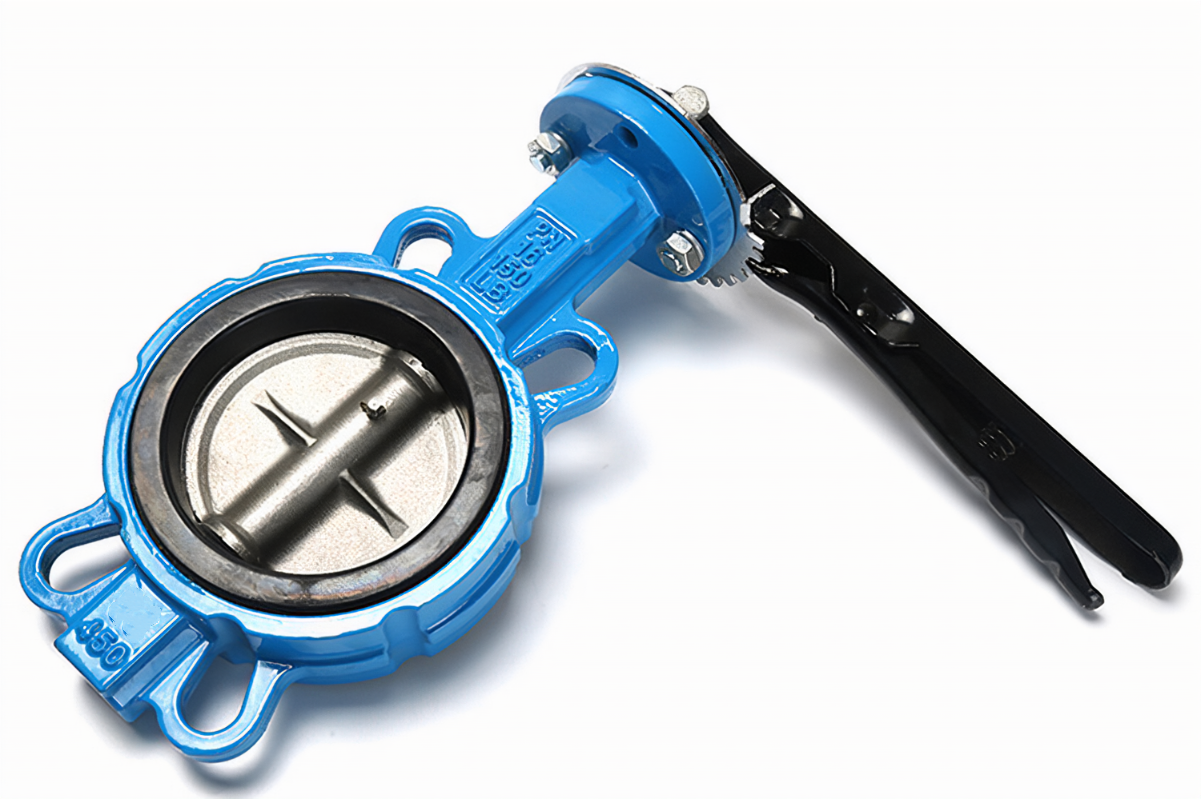stainless steel 3 way ball valve
Understanding Stainless Steel 3-Way Ball Valves
Stainless steel 3-way ball valves are vital components in many industrial applications, primarily due to their versatility and durability. They play a crucial role in controlling fluid flow in a system, allowing for the redirection, mixing, or splitting of flows through three different ports. This article explores the significance, design, and applications of stainless steel 3-way ball valves, highlighting their advantages and factors to consider when selecting them for specific purposes.
Design and Functionality
A stainless steel 3-way ball valve consists of a spherical ball with a hole through its center, which determines the flow path. The valve has three ports one inlet and two outlets or vice versa, configured either in an L-port design or a T-port design. The L-port allows fluid to flow from one inlet to one of the two outlets, whereas the T-port allows fluid to flow from one inlet to both outlets simultaneously or from both outlets to a single inlet, depending on the valve's position.
One of the most significant advantages of 3-way ball valves is their ability to handle the flow of fluids efficiently while minimizing pressure drops. The smooth surface of the polished stainless steel ball allows for easy movement and a tight seal when closed, preventing leaks and ensuring that the system operates safely and effectively.
Material Advantages
Stainless steel is the preferred material for manufacturing 3-way ball valves due to its excellent corrosion resistance, strength, and durability. Unlike other materials, stainless steel can withstand extreme temperatures and harsh chemical environments, making it suitable for a wide range of applications, including those in the pharmaceutical, food and beverage, and chemical processing industries.
The resistance to corrosion is particularly important in applications where valves are exposed to aggressive media. Stainless steel 3-way ball valves maintain their integrity over time, saving costs on maintenance and replacements while ensuring consistent performance.
Applications
Stainless steel 3-way ball valves are used in various industries due to their adaptability. Common applications include
1. Chemical Processing In the chemical industry, these valves are essential for controlling the flow of various chemicals, including acids and solvents. Their ability to handle aggressive fluids without leakage is crucial for maintaining safety and efficiency.
2. Oil and Gas In oil and gas applications, 3-way ball valves are often found in pipelines and refineries, allowing operators to control the flow of oil, gas, and other hydrocarbons. Their reliability is paramount in preventing accidents and ensuring smooth operations.
stainless steel 3 way ball valve

3. Water Treatment Water treatment facilities utilize these valves to manage water flow and distribution. Their robustness makes them ideal for handling treated and untreated water in various stages of the treatment process.
5. Food and Beverage The food and beverage industry relies on stainless steel 3-way ball valves for their hygienic properties and ease of cleaning. These valves help in the mixing and controlling of ingredients in food processing.
Selecting the Right Valve
When choosing a stainless steel 3-way ball valve, several factors should be considered
- Size and Flow Rate Understanding the system's requirements, including the size of the piping and the desired flow rate, is crucial for selecting the right valve.
- Pressure and Temperature Ratings Ensure the valve can withstand the operating pressure and temperature of the system. Each application may have different requirements, which can affect the valve’s performance.
- End Connections Consider the type of end connections required for your system—threaded, flanged, or welded—to ensure compatibility.
- Actuation Method Decide whether a manual operation or automatic actuation is needed, as this can influence the choice of valve design and cost.
Conclusion
Stainless steel 3-way ball valves are indispensable in numerous industries, thanks to their robust design and reliable performance. Their versatility allows for effective control over fluid flow, enhancing the efficiency and safety of various systems. By understanding their features and applications, industries can better harness the benefits of these essential components, ensuring their operations run smoothly and effectively.
-
The Key to Fluid Control: Exploring the Advantages of Ball Valves in Industrial SystemsNewsJul.09,2025
-
The Versatile World of 1, 2, and 3 Piece Ball ValvesNewsJul.09,2025
-
Stainless Steel Ball Valves: The Ideal Choice for Efficient Flow ControlNewsJul.09,2025
-
Optimizing Fluid Control with Ball Float ValvesNewsJul.09,2025
-
Manual Gate Valves: Essential for Control and EfficiencyNewsJul.09,2025
-
Everything You Need to Know About Butterfly ValvesNewsJul.09,2025
-
The Versatility of Wafer Type Butterfly ValvesNewsJul.08,2025




